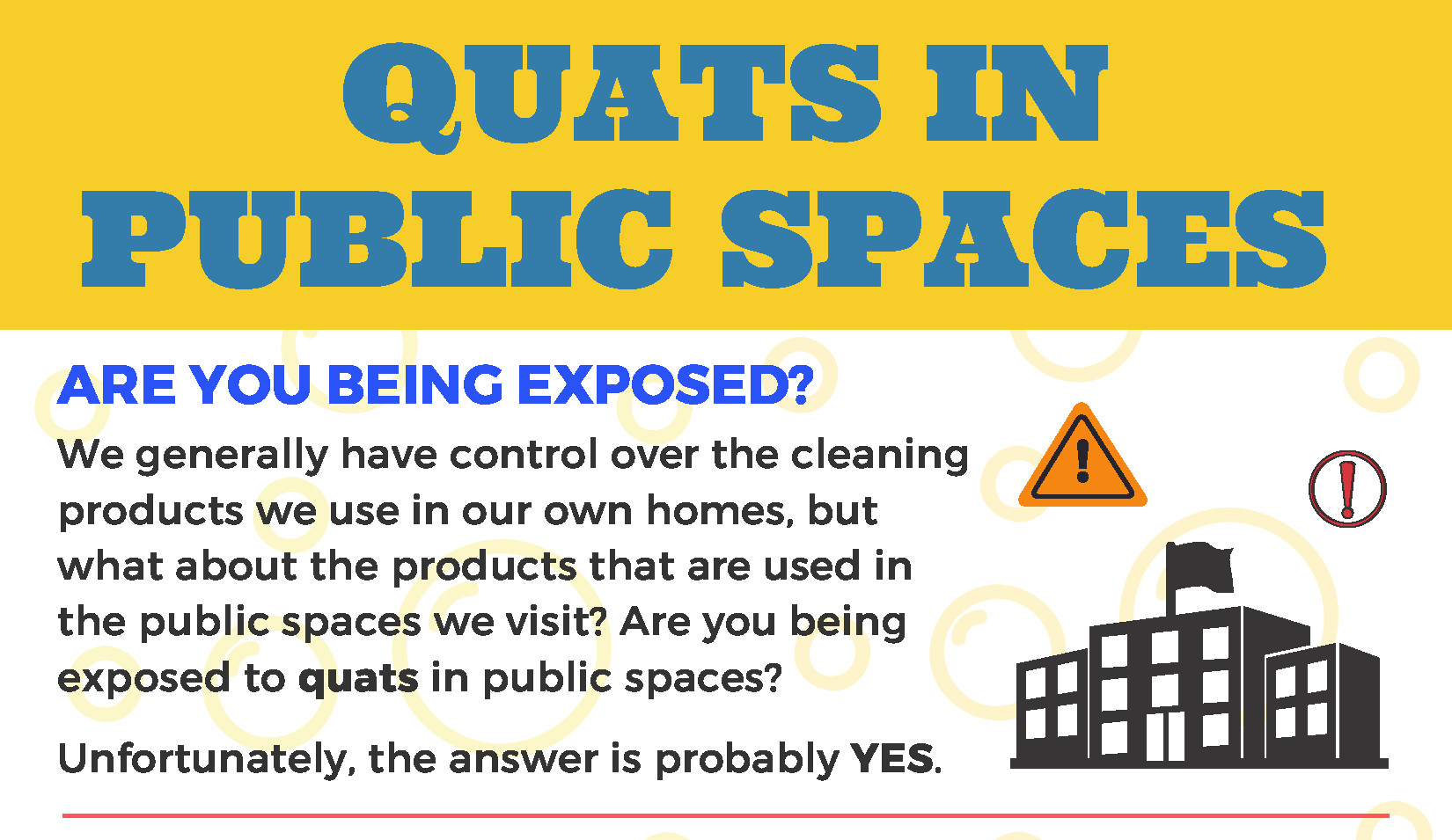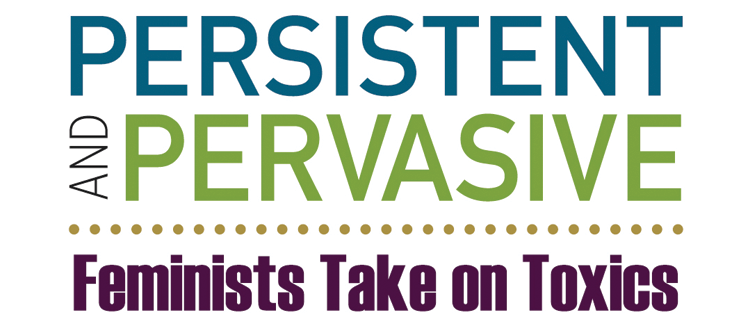To whom it may concern:
As a member/members of (NAME OF GYM), I/we am/are writing to you with concerns about the cleaning and disinfecting protocols used in this facility. I understand that the gym is trying to do everything it can to both stay open and protect the health of members. And the best advice that was originally given by the U.S. Centers for Disease Control (CDC) was to clean AND disinfect surfaces frequently. But you may not be aware that the CDC has significantly changed their guidance on cleaning and disinfecting this spring.[1]
The new guidance is based on a CDC Science Brief published on April 5, 2021[2], which determined that the principal way people were infected with Covid was through respiratory exposure. The Science Brief found that the risk of being infected through a contaminated surface is roughly a 1 in 10,000 chance. The new guidance puts the emphasis on cleaning rather than disinfecting as the most effective strategy for sanitation of surfaces. The new guidelines recommend disinfecting only when certain higher risk conditions apply such as high transmission of Covid in the community, or when there has been a case of someone with Covid in the facility within the last 24 hours.
Specifically the new guidance states:
“Cleaning with products containing soap or detergent reduces germs on surfaces by removing contaminants and may also weaken or damage some of the virus particles, which decreases risk of infection from surfaces.
When no people with confirmed or suspected COVID-19 are known to have been in a space, cleaning once a day is usually enough to sufficiently remove virus that may be on surfaces and help maintain a healthy facility.”[3]
The increased use of disinfectants that has been commonly implemented since the pandemic began, while well-intentioned, is likely not adding any benefit, and may in fact be doing more to harm the health of the people who come to this gym.
Specifically, I/we have recently become aware of the potential harms of certain disinfectant chemicals called quaternary ammonium compounds (or “quats” for short). These chemicals are commonly found in disinfectant products and are certainly potent against germs, but unfortunately, they are often much more powerful than needed, leading to unintended health consequences for those who are exposed to them. These chemicals have been linked to increased asthma and breathing problems in cleaning workers that use them. Quats are also powerful irritants. Skin exposure to quats can lead to dermatitis (skin rashes) and there is emerging evidence that quats may also be linked to reproductive problems. (There is a good reason that many cleaners containing quats have complex safety instructions – sometimes requiring eye protection, respiratory protection and careful washing of hands after use.)
I/We noticed that (NAME OF PRODUCT(S) USED at FACILITY) is used in your gym – and it contains quats as its active ingredient. The use of this product/these products in your gym means that both your employees and your customers are regularly exposed to this chemical. The gym should focus on simple cleaning, and use disinfectants sparingly and only when conditions require. {IF THE PRODUCT IS A SELF-SERVE SPRAY BOTTLE OR WIPE TO CLEAN OFF MACHINES YOU CAN ADD:] While I/we appreciate that the gym provides cleaners to wipe down gym equipment before I/we use it, I/we would prefer a safer alternative. A simple cleaner (rather than a harsh disinfectant) is what is needed, and better for our health. It is especially inconvenient to use a quat-containing cleaner that requires washing hands thoroughly immediately afterwards in order to safely use it.
As the owner of a business that promotes healthy lives, I am asking you to re-evaluate the cleaning and disinfection protocols in this facility, in line with the new CDC guidance. The gym should consider providing simple cleaners rather than disinfectants which contain quats. Changing up products doesn’t mean having a dirtier gym. There are numerous effective, inexpensive and commonly used non-antibacterial cleaners which can make places spotless. When disinfection is needed, there are better alternatives out there as well using safer disinfectants like hydrogen peroxide and lactic acid.
Enclosed please find some fact sheets with additional information about quats, as well as resources on how to find safer alternatives.
Thanks so much for considering my (our) request, and for keeping the members’ and employees’ health in mind.
Signed,
[1] U.S. Centers for Disease Control (CDC) Cleaning and Disinfecting Your Facility Every Day and When Someone is Sick. April 5, 2021. Available at: https://www.cdc.gov/coronavirus/2019-ncov/community/disinfecting-building-facility.html
[2] U.S. Centers for Disease Control (CDC) Science Brief: SARS-CoV-2 and Surface (Fomite) Transmission for Indoor Community Environments. Apr 5, 2021. Available at: https://www.cdc.gov/coronavirus/2019-ncov/more/science-and-research/surface-transmission.html#ref7
[3] https://www.cdc.gov/coronavirus/2019-ncov/community/disinfecting-building-facility.html
Resources to Include with Letter
Fact Sheets
- WVE Fact Sheet on Dangers of Quats
- Avoiding Quats and Finding Safer Alternatives
- Safer Disinfectants for COVID-19
- Quaternary Ammonium Compounds in Cleaning Products: Health & Safety Information for Cleaners and Supervisors
- Disinfectants and Work-related Asthma: Information for Employers





